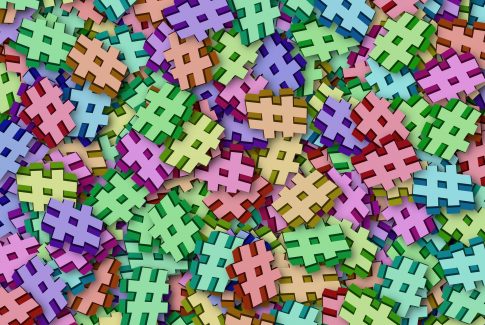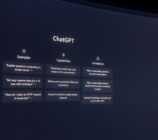“What’s the best time to post on Facebook?”
“How many hashtags on Instagram is too many?”
“Should I just focus on videos, or are image + text posts still relevant?”
We get asked these questions all the time from our clients, and it’s easy to understand why. With ever-changing algorithms and conflicting information from different sources online, it’s completely understandable to feel confused by it all. So, to make life easier, we’ve broken down the most common questions to hopefully make things clearer and your social media marketing easier. And if there’s a question that we haven’t added that you want answered, let us know!
Q. When is the best time to post on social media?
It’s the million-dollar question and the truth is, there is no straight answer. Once upon a time Tuesdays and Wednesdays in the early mornings and evenings were the tried-and-tested times to post. While they’re great places to start if you’re new to social media marketing, you’ll eventually find that your audience may have entirely different habits. Some might be more active on weekends, some might be more active around lunch hour.
Timing is just one part of the puzzle. Another major factor is quality content (see below).
Q. How many times a day should I post on Instagram/Facebook/Twitter/LinkedIn?
There’s merit to posting multiple times a day as part of an organic content strategy, to ensure you’re maximising opportunities for visibility. That said, some research suggests that posting frequently during the day can actually result in a drop in engagement, particularly for smaller accounts with under 10,000 followers, as audiences feel content fatigue and opt out of seeing more of it.
So, post too little and your content may get lost; post too often and it might be spam. Where is the happy medium? The guidelines vary from channel to channel. Generally speaking, Instagram feed is 2-3 times per week but no more than 1 per day, though Stories can be more frequent. For Facebook, up to 2 times a day; up to 5 Twitter posts daily and the same figure for LinkedIn.
If you’re starting out with a proper content strategy the above guidelines are great starter points, and your own frequencies will depend on your audience data – what times they are active, how competitive your subject matter is in the digitalscape, what types of content you’re posting. The general rule is to try and test different frequencies and timeframes for a few months to see if something sticks out for you.
Q. Is video the only way to go for cut-through?
Video (including Reels and live streams) is heralded as the way to go to maximise reach because they perform better with most algorithms. Indeed, Instagram in particular has definitely shifted focus to video in recent updates, making the medium a great organic growth hack.
It’s still possible to achieve great reach and engagement with other types of content, so long as what you’re publishing resonates with your audience. Aim for quality content including strong, relevant calls-to-action. Constantly test what works and what doesn’t, and if what you post gets the engagement rates you’re after and drives the right conversions for your business, it works.
Q. Are hashtags important? How many should I use?
According to Later, one hashtag averages a 12.6% increase in engagement. Hashtags are incredibly useful tools to reach niche audiences and track specific campaigns for your business. But, use too many and your content may be classified as spam – particularly if you’re using hashtags purely as a growth hack rather than for any relevant need (looking at you, #instaspam!).
Stick to five or so hashtags that are relevant to your industry and audience, and ensure that you’re always monitoring Instagram’s banned hashtag list so you aren’t penalised unawares!

Q. Is it okay to crosspost?
It’s common practice for businesses to share identical captions across social channels so time-stretched marketing teams ensure the brand/business at least shows up across all channels regularly. However, it pays to tailor to the channel. Aside from the obvious character limit of Twitter, each channel does have nuances in voice, hashtag trends, and calls to action. For example, asking audiences to ‘click on link in bio’ only really works for Instagram; likewise, embed links only work on Facebook, LinkedIn and Twitter (they just appear as an unlinked URL in an Instagram caption).
Further to this, each platform has individual image guidelines (here’s a great cheat sheet), and not matching your visuals to meet these means that you could lose out on maximum visual impact and engagement on particular channels. An audience analysis may also tell you that your demographics might differ across the channels, which is a very good reason to tailor your captions accordingly. Need help with content creation? That’s where we come in!
Final thoughts
- Develop content that puts audiences first
- Always test different types of content, at different times of day, and different post lengths
- Regularly revisit your content strategy to update according to new audience data
- Use hashtags sparingly and only when relevant
- Outsource to a content agency if you’re short on time so you can have tailored content for each channel




